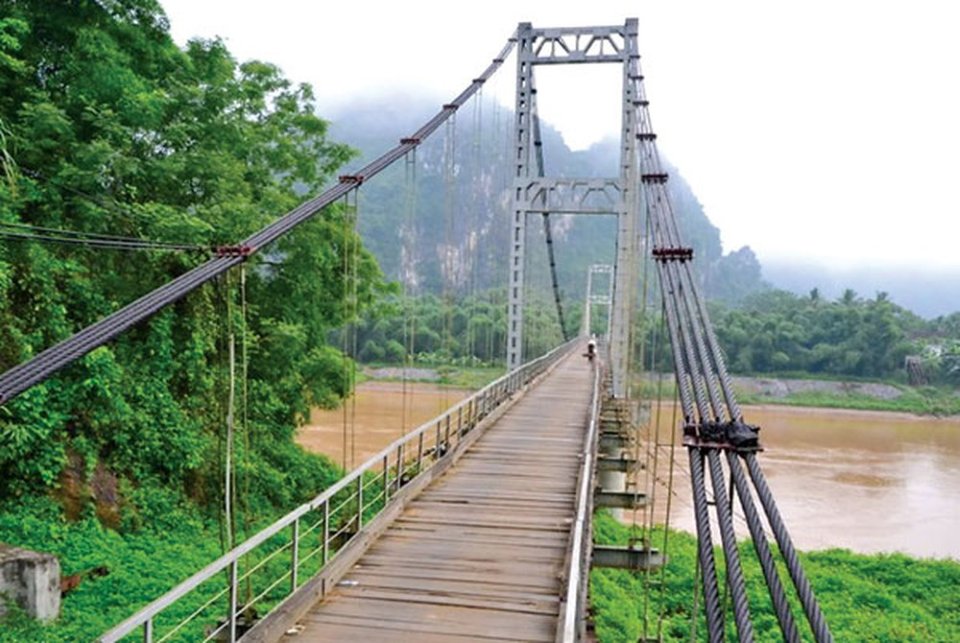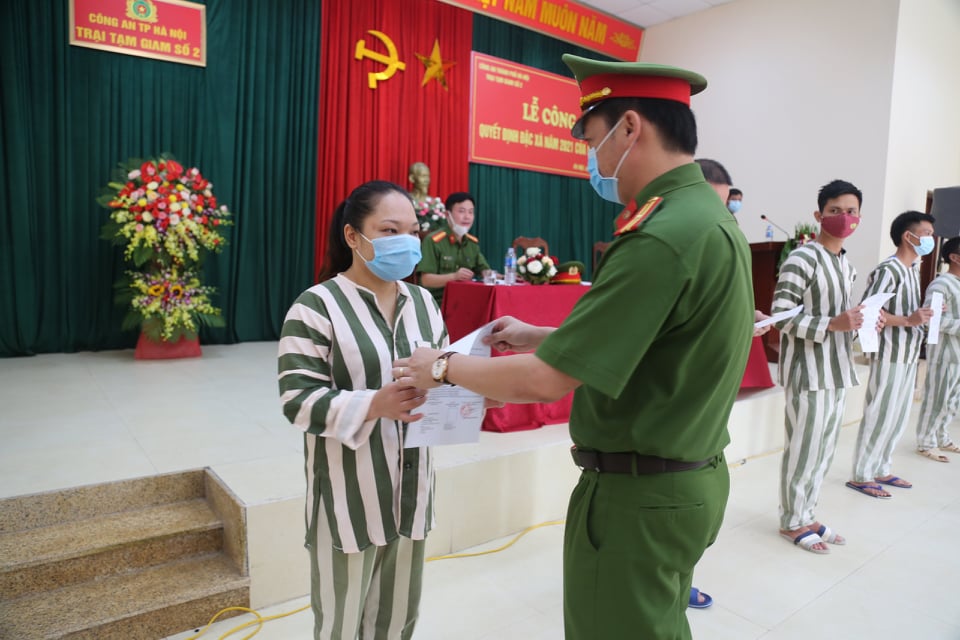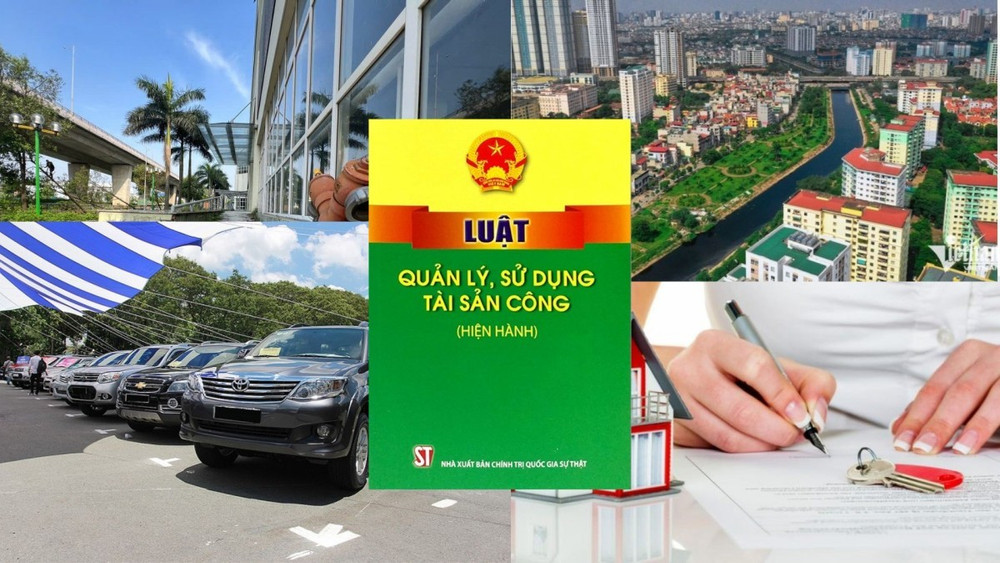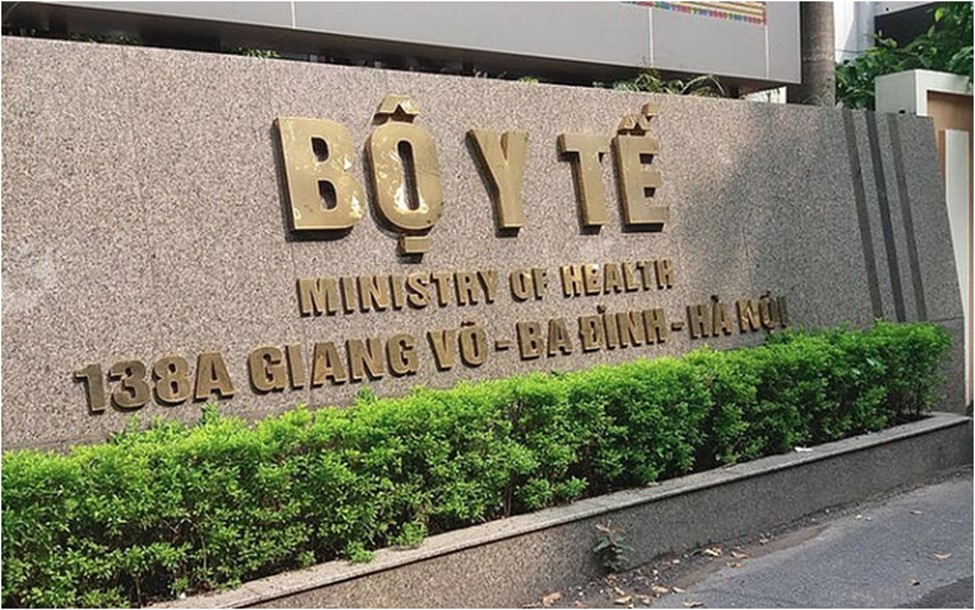Circular 11: Regulations on anchor piers and equipment used for adjusting main cables of pedestrian suspension bridges in Vietnam
Recently, the Ministry of Transport of Vietnam issued Circular 11/2014/TT-BGTVT providing guidelines for the design, construction, and acceptance of pedestrian suspension bridges.

Circular 11: Regulations on anchor piers and equipment used for adjusting main cables of pedestrian suspension bridges in Vietnam (Illustrative Image)
Circular 11/2014/TT-BGTVT regulates anchor piers and equipment used for adjusting main cables of pedestrian suspension bridges in Vietnam. General requirements for anchor piers and typical structures of main cable anchorage systems are as follows:
1. General requirements
- The main cable anchorage system consists of gravity anchor piers made of reinforced concrete buried in the ground, and steel components connecting these anchor piers to the main cables designed according to Standard 22TCN 272-05.
- Depending on the terrain and geological conditions at the bridge site, it is possible to design deep anchor systems in rock walls or place reinforced concrete anchor piers submerged in the ground.
- It is necessary to design suitable steel components for tensioning and adjusting the main cables at the bridge ends and the anchorage system connected to the main cables safely. The mechanical details of turnbuckles and connections of cables to other components such as beams or hangers must be designed to ensure load safety according to Standard 22TCN 272-05.
- The design drawings of the mentioned steel components must clearly state the material requirements, the physical and mechanical properties of the steel materials, the processing methods, the processing accuracy, and the inspection and acceptance methods.
2. Typical structures of the main cable anchorage systems
Anchoring the main cables into the ground with anchor piers. The anchor pier is a large structure made of reinforced concrete and stone with sufficient weight, enduring horizontal forces and pull-out forces transmitted from the main cables, constructed in various forms.
The anchor system consists of two main components: the anchor block and the anchor pier, specifically:
- Anchor Block: It uses the weight of reinforced concrete and construction stone to anchor the main cables. Calculations consider the active soil pressure before the anchor block and the base friction of the anchor block and the soil. Depending on the compaction conditions and geological conditions of the foundation, different values for active pressure and friction coefficients are used. If the anchor block is underwater, the buoyant force of water must be considered.
- Anchor Pier: The anchor part of the gravity anchor block is usually made from round steel, with a diameter of 30-50mm and shaped steel, anchored in concrete.
Note: It is required to facilitate for easy inspection of the anchor parts outside the concrete in tight spaces to avoid serious rusting due to high humidity in these locations.
Details can be found in Circular 11/2014/TT-BGTVT effective from June 15, 2014.
Ty Na
- Number of deputy directors of departments in Vietnam in accordance with Decree 45/2025/ND-CP
- Cases ineligible for pardon in Vietnam in 2025
- Decree 50/2025 amending Decree 151/2017 on the management of public assets in Vietnam
- Circular 07/2025 amending Circular 02/2022 on the Law on Environmental Protection in Vietnam
- Adjustment to the organizational structure of the Ministry of Health of Vietnam: Certain agencies are no longer listed in the organizational structure
- Vietnam aims to welcome 22-23 million international tourists in Vietnam in 2025
-

- Number of deputy directors of departments in Vietnam ...
- 15:04, 05/03/2025
-

- Cases ineligible for pardon in Vietnam in 2025
- 14:43, 05/03/2025
-

- Decree 50/2025 amending Decree 151/2017 on the ...
- 12:00, 05/03/2025
-

- Circular 07/2025 amending Circular 02/2022 on ...
- 11:30, 05/03/2025
-

- Adjustment to the organizational structure of ...
- 10:34, 05/03/2025
-

- Notable new policies of Vietnam effective as of ...
- 16:26, 11/04/2025
-
.Medium.png)
- Notable documents of Vietnam in the previous week ...
- 16:21, 11/04/2025
-
.Medium.png)
- Notable documents of Vietnam in the previous week ...
- 16:11, 02/04/2025
-
.Medium.png)
- Notable new policies of Vietnam to be effective ...
- 16:04, 02/04/2025
-
.Medium.png)
- Notable new policies of Vietnam effective from ...
- 14:51, 21/03/2025
 Article table of contents
Article table of contents
